HP agrees $1.5 billion ArcSight acquisition
HP has agreed to acquire security firm ArcSight for $1.5 billion, less than two weeks after doing the same with 3PAR.


HP has agreed to buy software security company ArcSight for $1.5 billion (972 million), or $43.50 per share.
The companies will combine their security expertise to offer a broader offering and allow HP to bring an integrated security platform to the market.
The deal is expected to be closed before the end of the year and comes not long after HP successfully outbid Dell to purchase 3PAR.
HP has now made a big play in the security sphere, which last month saw Intel buy McAfee for $7.68 billion.
"From a security perspective, the perimeter of today's enterprise is porous, putting enormous pressure on clients' risk and compliance systems," said Bill Veghte, executive vice president for software and solutions at HP.
"The combination of HP and ArcSight will provide clients with the ability to fortify their applications, proactively monitor events and respond to threats."
Tom Reilly, president and chief executive (CEO) of ArcSight, said the acquisition will result in the creation of a new kind of security solution "one that serves the modern enterprise."
Get the ITPro daily newsletter
Sign up today and you will receive a free copy of our Future Focus 2025 report - the leading guidance on AI, cybersecurity and other IT challenges as per 700+ senior executives
"By combining ArcSight's Enterprise Threat and Risk Management Platform with HP's breadth of application development and operations management solutions, HP will be able to offer an integrated security platform that delivers broader visibility, deeper context and faster remediation of enterprise-wide security and risk-related events," he added.
HP has been on an acquisition charge in recent times, not only agreeing to purchase 3PAR in the past month, but also database and application automation firm Stratavia.
The firm also confirmed the acquisition of Palm earlier in 2010 for $1.2 billion.
Tom Brewster is currently an associate editor at Forbes and an award-winning journalist who covers cyber security, surveillance, and privacy. Starting his career at ITPro as a staff writer and working up to a senior staff writer role, Tom has been covering the tech industry for more than ten years and is considered one of the leading journalists in his specialism.
He is a proud alum of the University of Sheffield where he secured an undergraduate degree in English Literature before undertaking a certification from General Assembly in web development.
-
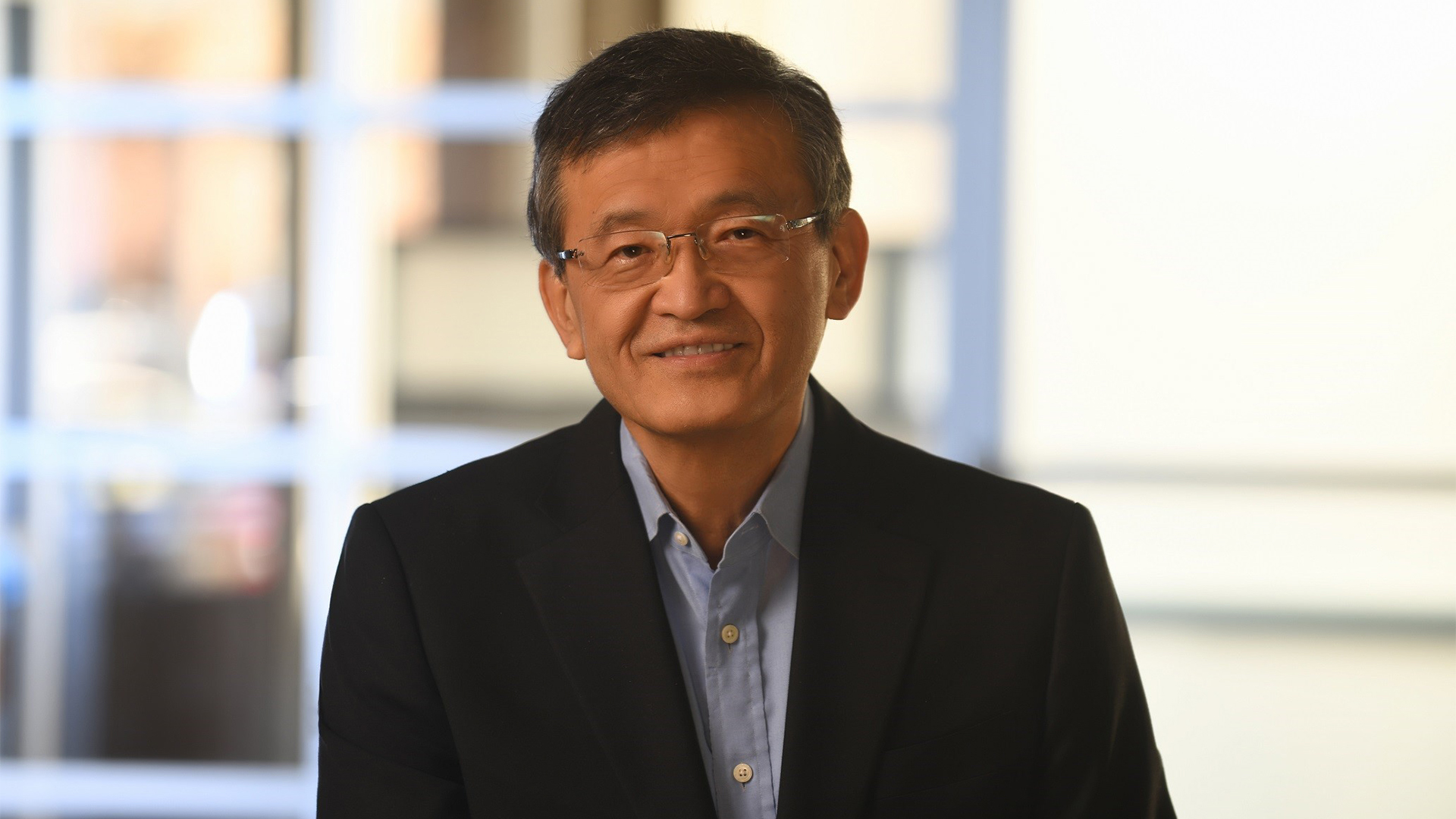 Everything you need to know about Lip-Bu Tan, Intel’s new CEO
Everything you need to know about Lip-Bu Tan, Intel’s new CEONews Intel has announced its next CEO in the wake of Pat Gelsinger's retirement, naming former board member Lip-Bu Tan as its new leader months after he quit.
By Nicole Kobie
-
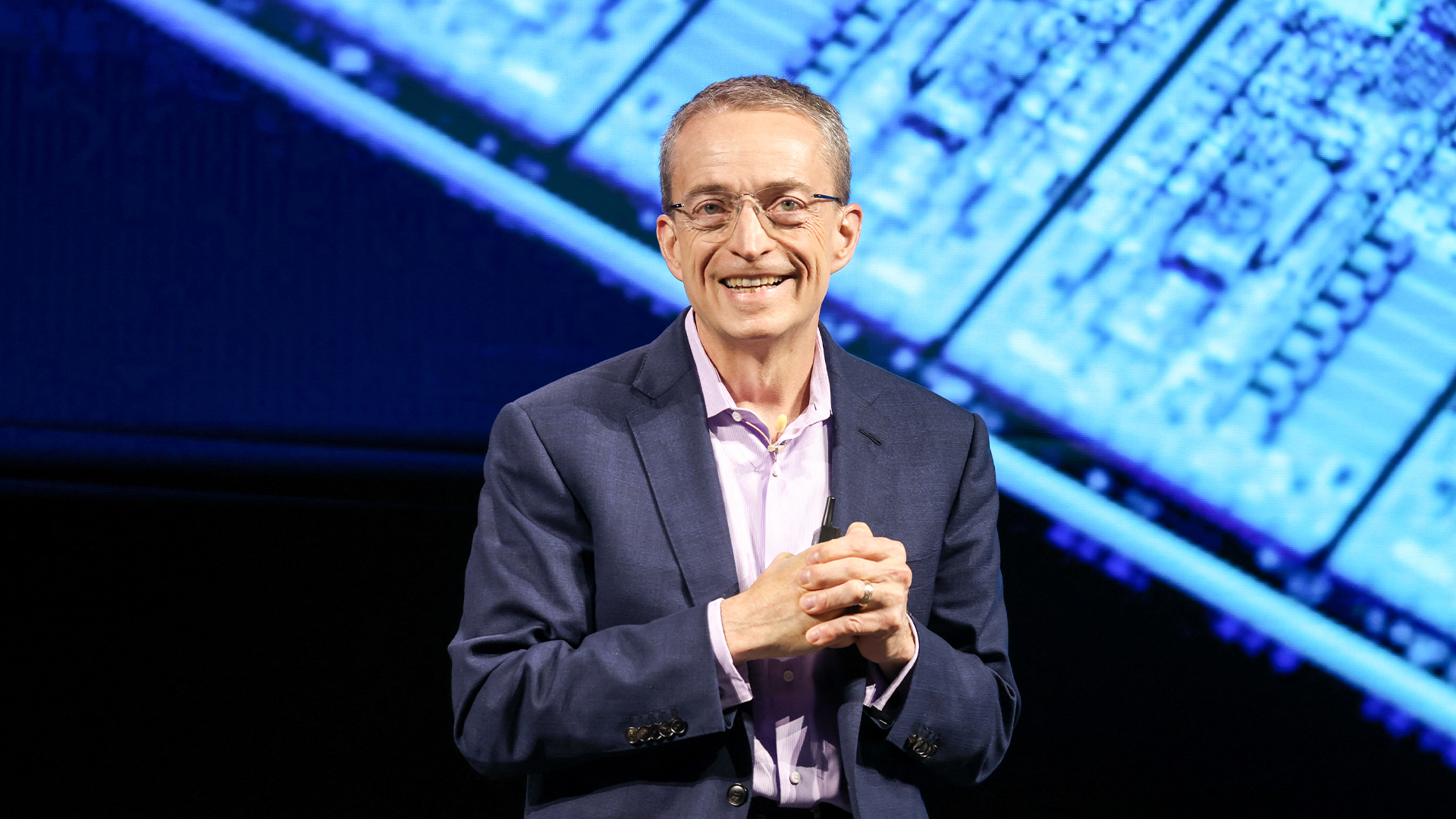 Intel CEO Pat Gelsinger announces retirement
Intel CEO Pat Gelsinger announces retirementNews Gelsinger’s departure comes amid a tumultuous period at Intel
By Ross Kelly
-
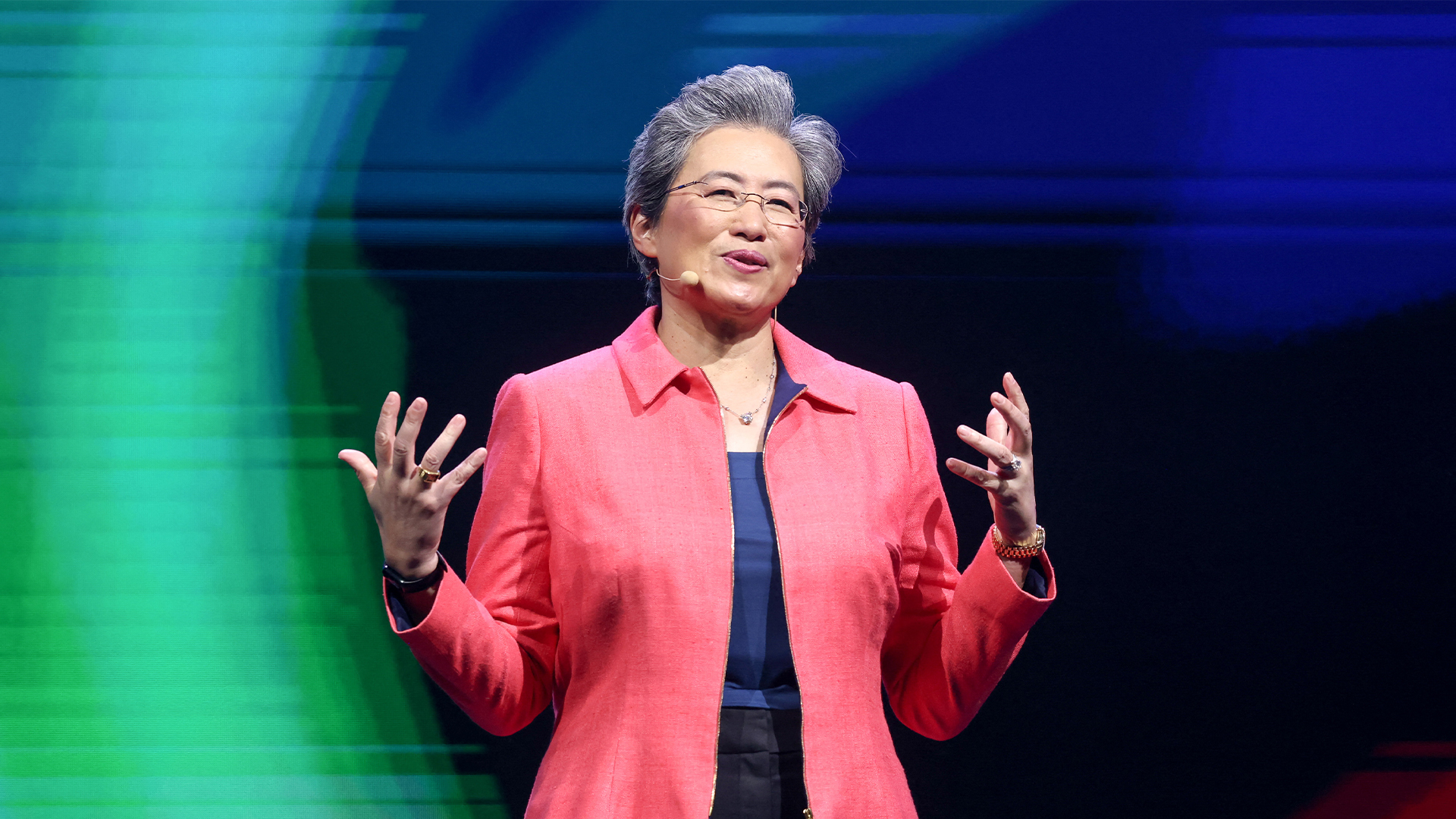 AMD to cut around 1,000 staff to focus on "growth opportunities"
AMD to cut around 1,000 staff to focus on "growth opportunities"News The AMD layoffs come after rival Intel cut staff on the back of flagging AI returns
By George Fitzmaurice
-
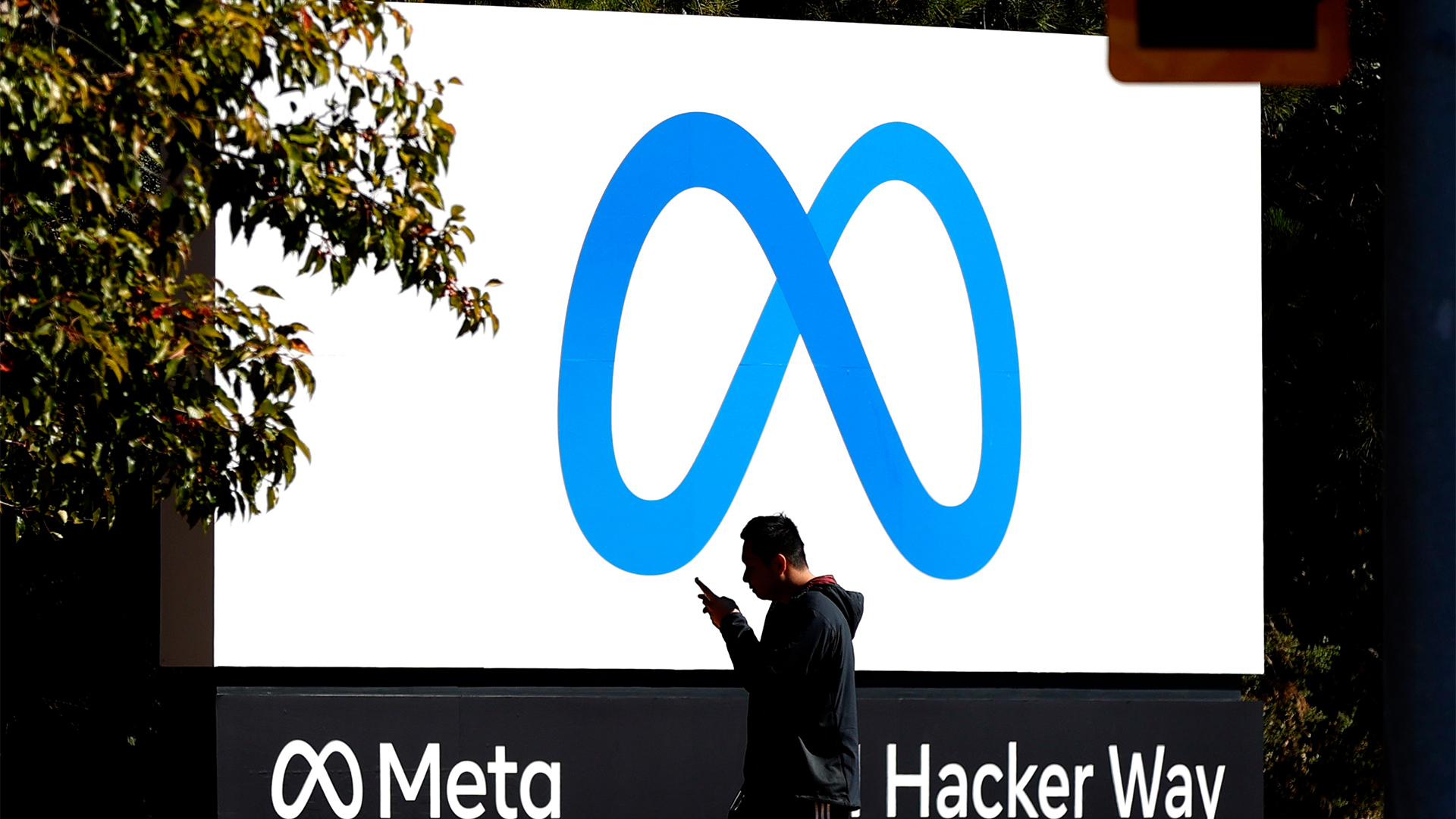 Meta layoffs hit staff at WhatsApp, Instagram, and Reality Labs divisions
Meta layoffs hit staff at WhatsApp, Instagram, and Reality Labs divisionsNews The 'year of efficiency' for Mark Zuckerberg continues as Meta layoffs affect staff in key business units
By Ross Kelly
-
 IDC InfoBrief: Sustainability doesn’t need to be all stick and no carrot
IDC InfoBrief: Sustainability doesn’t need to be all stick and no carrotwhitepaper CIOs are facing two conflicting strategic imperatives
By ITPro
-
 The power and the pain: Looking forward so you’re not held back
The power and the pain: Looking forward so you’re not held backAvoiding server modernization may seem like a cost-saving strategy, but the hidden risks of downtime, security breaches, and operational inefficiencies can quickly become far more costly…
By ITPro
-
 Modernization: Nothing to fear except failing to future-proof
Modernization: Nothing to fear except failing to future-proofAs businesses face mounting pressure to innovate while maintaining daily operations on tight budgets, modernization has become a necessity, not a luxury
By ITPro
-
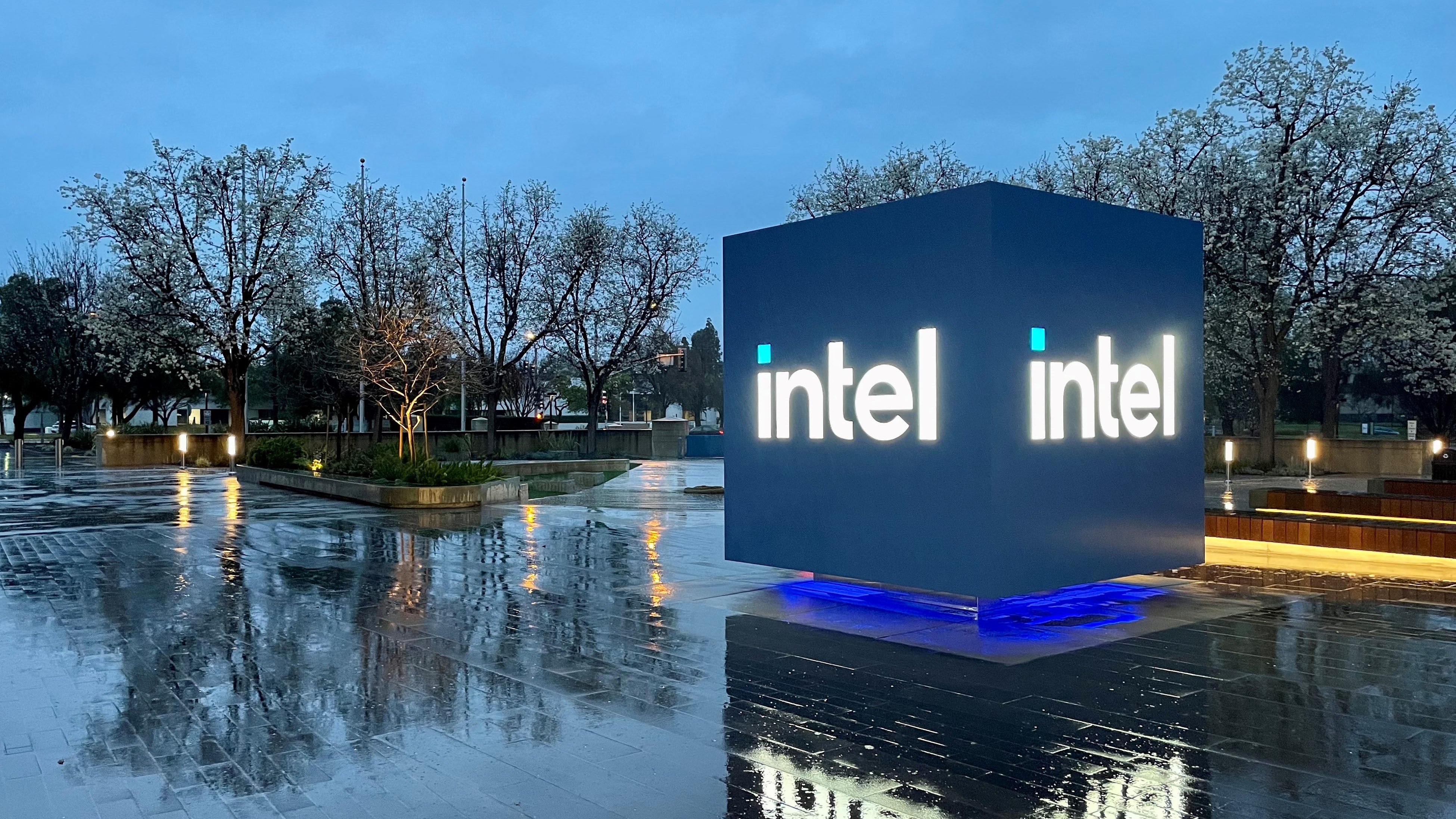 Everything you need to know about Intel
Everything you need to know about IntelIn-depth An essential guide to Intel, a trailblazer in microprocessor innovation and a foundational force behind the evolution of modern computing and the personal computer industry
By Rene Millman

